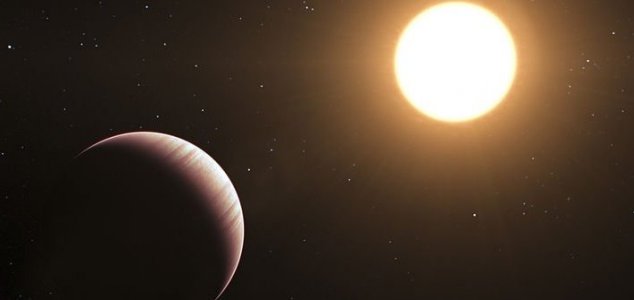
The newly discovered world is located 39 light years away.
Located three times nearer to us than any Earth-sized extrasolar planet ever discovered, the rocky world of GJ 1132b, which is 16% larger than our own planet, orbits a nearby red dwarf star and could provide astronomers with a unique opportunity to determine the chemistry of its atmosphere.
While its surface is believed to be too hot to support life, it should be possible to learn a great deal about what conditions are like there while also perfecting the techniques needed to conduct similar studies on other, more habitable Earth-like worlds.
“If this planet still has an atmosphere, then we might find other, cooler planets that also have atmospheres and orbit small stars,” said MIT’s Zachory Berta-Thompson.
“We can then imagine interrogating the atmospheres for molecules that come from life.”
Astronomer Drake Deming of the University of Maryland maintains that GJ 1132b, given its relative proximity to us and its potential for study, is “arguably the most important planet ever found outside the solar system” on the basis that “it’s nearby, it’s Earth-like, and its star won’t interfere.”
“GJ 1132b is too warm to be habitable, but scientists have yet to fully explore our cosmic neighborhood for worlds that potentially harbor life,” he wrote.
Originally posted 2015-12-21 14:50:16. Republished by Blog Post Promoter











